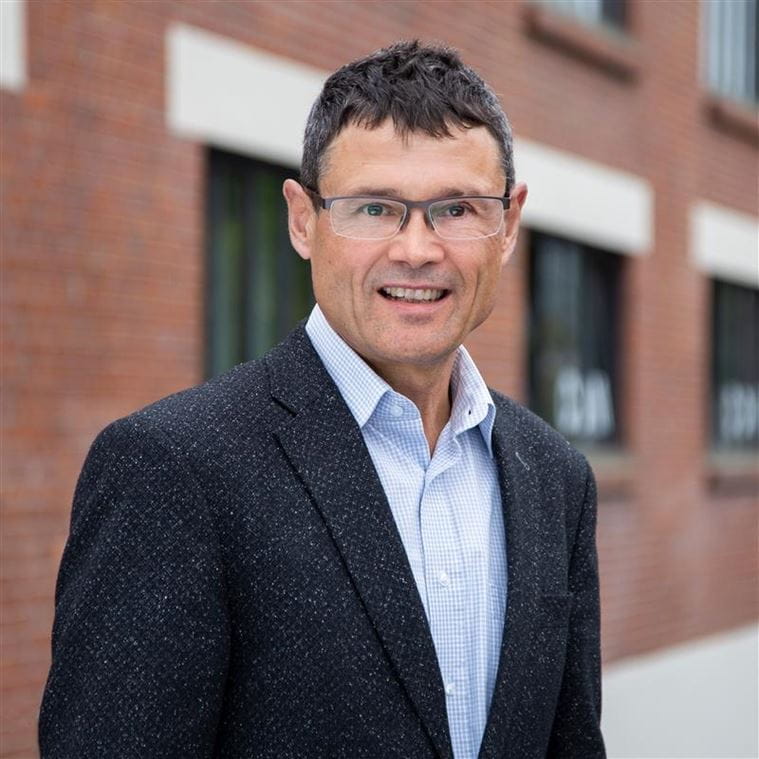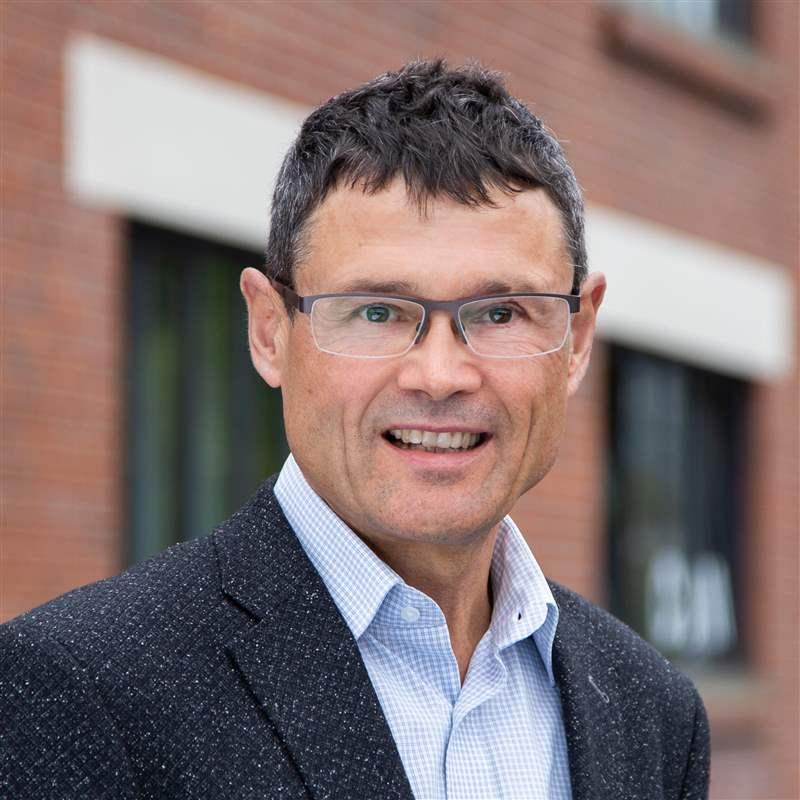Conceptual Site Models
Our success as environmental professionals often requires making sense of complex scientific data sets at our sites to a diverse audience that may include risk assessors, earth scientists, remediation engineers, regulators and the public. The CSM provides a "picture" of the physical, chemical and biological processes that influence the transport, migration and potential impacts of contamination from its sources through environmental media to receptors within the environmental system. Conceptual site models help stakeholders visualise these complex interactions and create a common understanding for decisions and actions.
Conceptual site models help stakeholders visualise these complex interactions and create a common understanding for decisions and actions.
Dynamic Models Evolve with Remediation Progress
CSM are not static, and should never be considered totally accurate or “complete”; instead, they should be viewed as dynamic and evolving as the remediation process progresses and new data are collected. They have a different role in each phase of a remediation project from preliminary investigation through remedial action (often overlooked) and post-cleanup monitoring:
- Preliminary – Initiate an investigation.
- Baseline – Guide the investigation based on systematic planning.Characterization – Dictate any needed modifications to address important data gaps by incorporating new information through iterative updates as the investigation proceeds.
- Remedy selection and design – Form the basis of the feasibility study and remedial design.
- Remediation and post-remedial action monitoring – Provide a means to optimise (or modify) the remedy through iterative updates as performance monitoring data are collected.
Because we cannot “see” into the ground or characterise every aspect of a site, CSM will always be based on assumptions and interpretations. We must balance the degree of uncertainty with current decision needs. A key decision point in the life of a remediation project is deciding when the investigation phase is done and the CSM is sufficiently complete to identify and select appropriate remedies. From a risk assessment standpoint, this usually means potential migration pathways are evaluated and exposure point concentrations adequately quantified. From a contaminant distribution standpoint, this usually means delineation of the nature (contaminants and concentrations) and extent. However, often overlooked until too late in the characterisation stage are many of the hydrogeological and biogeochemical attributes of a site that influence the selection of potential remedial technologies, cost estimating and the remedial design. Accordingly, a critical stage in the development of a robust CSM is the identification of data needs of all parties involved in the selection and design of the remedial solutions.

Innovative remediation solutions and complex treatment trains definitely suit me.










